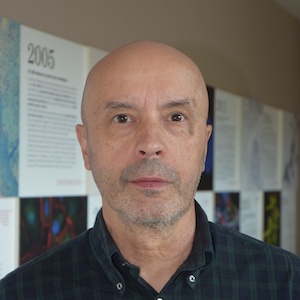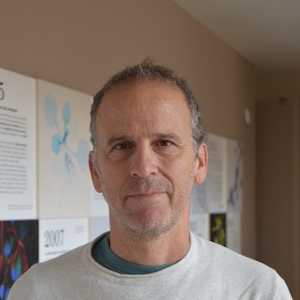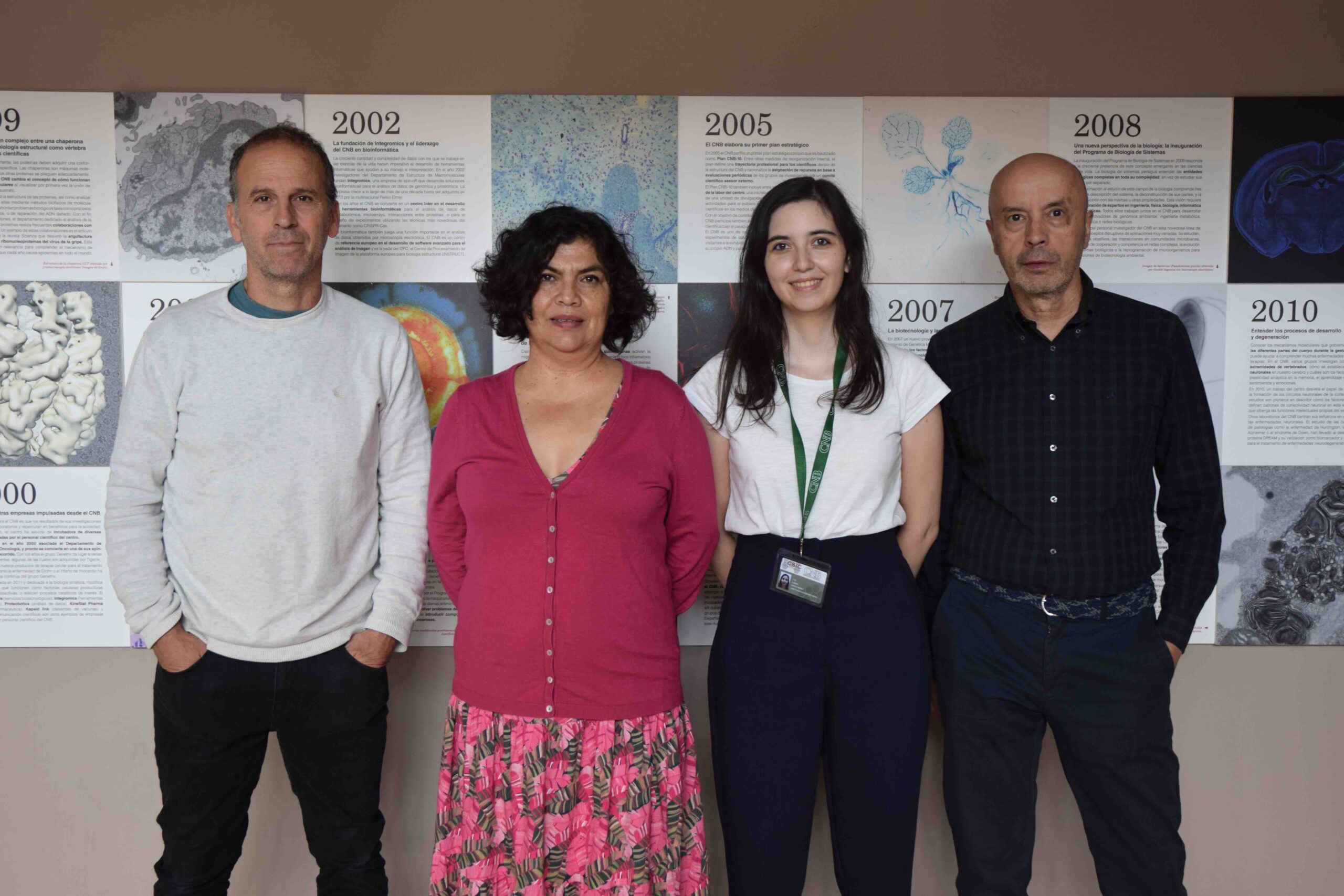Signalling Networks in Plant Development and Defence Responses
RESEARCH GROUPS

José Juan Sánchez Serrano
Group Leader

Enrique Rojo
Group Leader
Research Summary
We are interested in understanding how plants adjust their growth and development to changes in the environment. A key question in plant development is how the progeny from stem cells decides between retaining pluripotency or initiating cell differentiation. Two genes in Arabidopsis, IYO and RIMA, are core components of a switch activating cell differentiation in plants. How this switch is regulated by developmental and extrinsic signals and what output of the switch is responsible for triggering differentiation is one of our research lines. In contrast to these short-range signals, long-distance signalling allows plants mounting systemic defence responses upon pest attack. This Ca2+-based electrical signalling propagates through the vascular system of adult plants. How non-vascular plants mount defence responses is another research line in our group. In addition to improving our understanding of plant development, our research could provide technology for targeting important traits such as organogenesis or regeneration capacity, and plant protection.
Research Lines
Our group studies how plants adjust their growth and development to changes in the environment and, in particular, to challenges from pests and pathogens. These are some of the questions we are currently investigating:
1) How is stem cell differentiation initiated in plants? Our working hypothesis is that nuclear migration of the Arabidopsis proteins IYO and RIMA functions as a switch to reprogram the transcriptome and trigger stem cell differentiation. We are studying how IYO/RIMA nuclear localisation is controlled by developmental and environmental cues and how IYO and RIMA activate downstream targets to drive cell differentiation.
2) What are the mechanisms of vacuolar trafficking in plants? Through a genetic screen, we are characterizing genes involved in protein transport to the vacuole and addressing the role of this organelle in plant development and defence.
3) Do non-vascular plants activate systemic wound responses and if so, how? Considering that in higher plants wound signals are transmitted through the vasculature, these studies could provide important clues on the development of systemic signalling during the evolution of land plants. We have recently shown that wounding triggers local gene reprogramming in the non-vascular Marchantia polymorpha without altering gene expression in the non-damaged distal tissues. However, as in vascular plants, wound signalling in Marchantia is mediated by systemic Ca2+ and electrical signals that depend on the activity of Glutamate Receptor-like (GLR) channels.
Publications
Group Members
Group Leaders
José Juan Sánchez Serrano
Enrique Rojo
Staff Scientist
Otilia Delgadillo
PhD Candidate
Carmen García Jiménez



